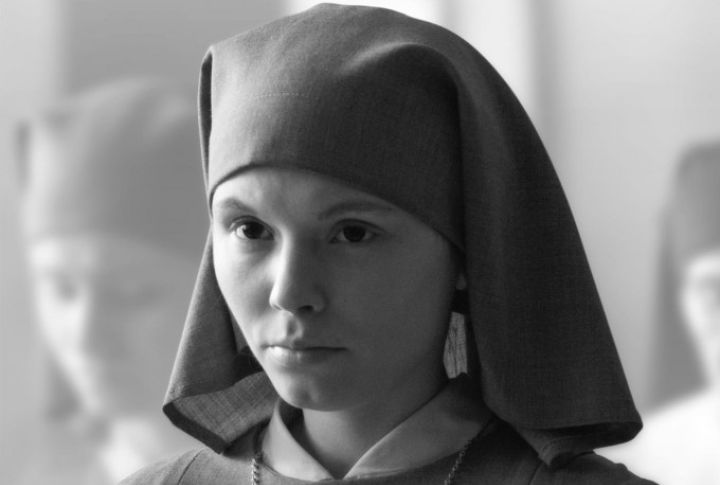
In an age of vibrant color and dazzling special effects, black-and-white films bring a timeless allure that captures emotions in shades of shadow and light. This list highlights modern films that embraced monochrome, revealing how this classic style adds depth and drama. Ready to see black and white shine again?
The Lighthouse (2019)
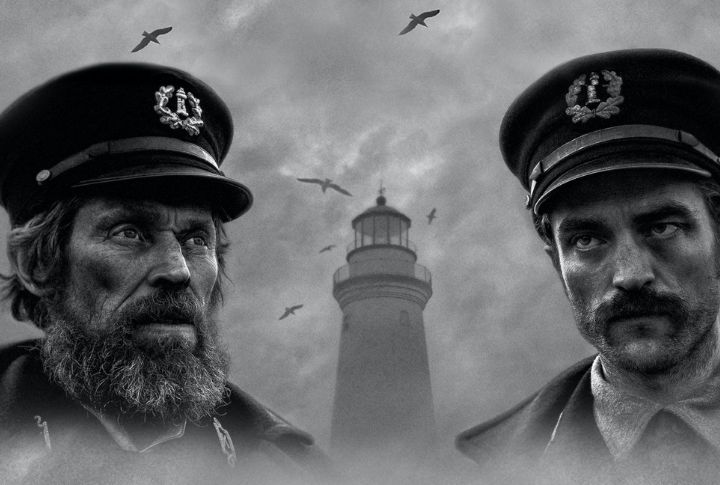
Isolation takes center stage in The Lighthouse, where shadows deepen tension and light defines madness. Director Robert Eggers intentionally chose monochrome to mirror the film’s 19th-century setting. Willem Dafoe and Robert Pattinson’s raw performances gleam amid fog and sea—a haunting cinematic experience.
Frances Ha (2012)
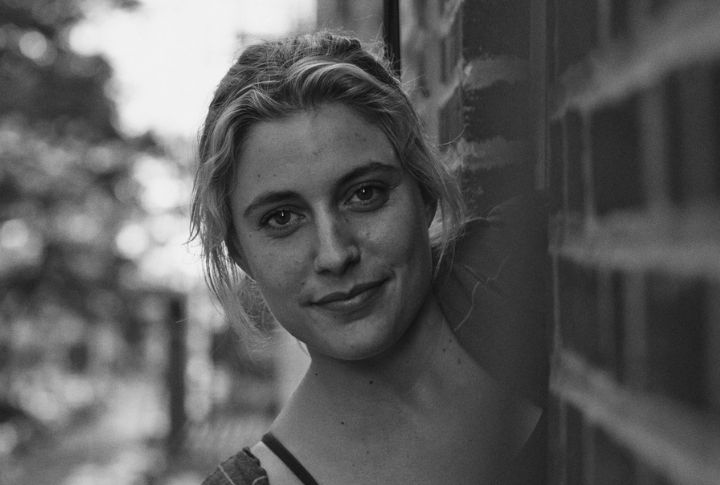
In Frances Ha, the black-and-white cinematography enhances its whimsical, nostalgic feel, echoing French New Wave vibes. Greta Gerwig’s journey through young adulthood is both playful and reflective, with monochrome capturing her raw, relatable moments. Each frame feels like a scene from a cherished memory.
Mank (2020)
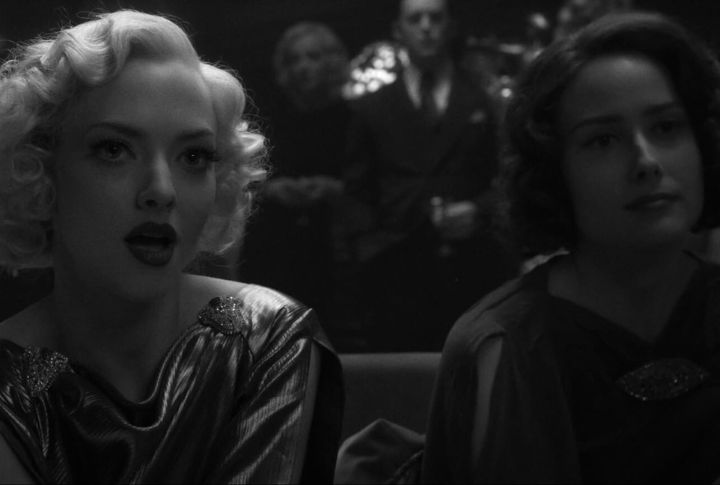
David Fincher’s Mank dives into 1930s Hollywood, using black and white to capture the era’s glam and grit. This biopic on screenwriter Herman J. Mankiewicz feels lifted from old Hollywood archives, immersing viewers in the magic and politics of cinema’s golden age using stunning detail.
Roma (2018)
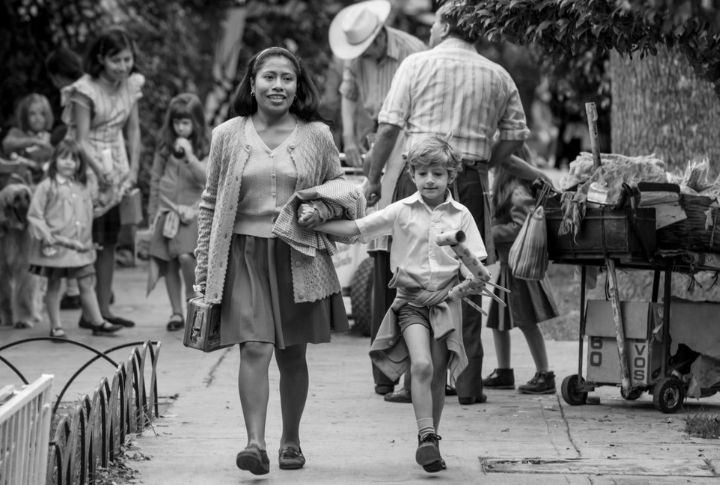
Alfonso Cuarón’s work in Roma encapsulates everyday life’s beauty and sorrow through monochrome. Set in 1970s Mexico City, the film’s visuals enhance its deeply personal narrative, utilizing light and shadow to capture the emotional nuances of a family’s struggles.
Cold War (2018)
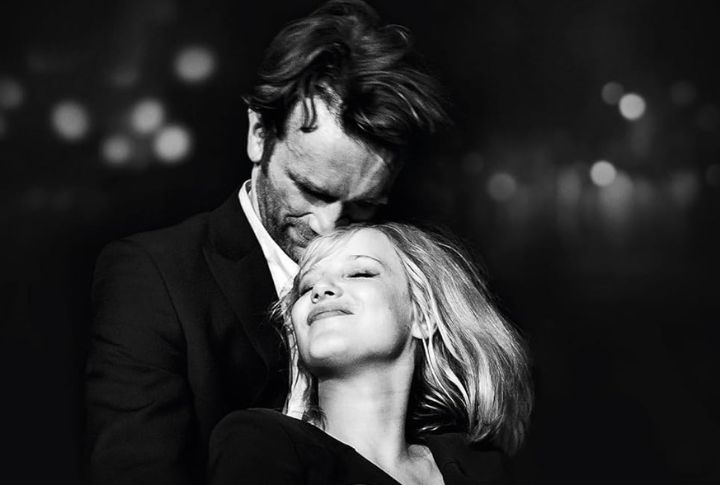
Cold War uses black and white to intensify a love story set against post-battle Europe’s bleak scenery. Director Paweł Pawlikowski’s cinematography mirrors the lovers’ emotional highs and lows, highlighting the passionate yet fractured romance. Each scene feels poetically frozen in time.
Nebraska (2013)
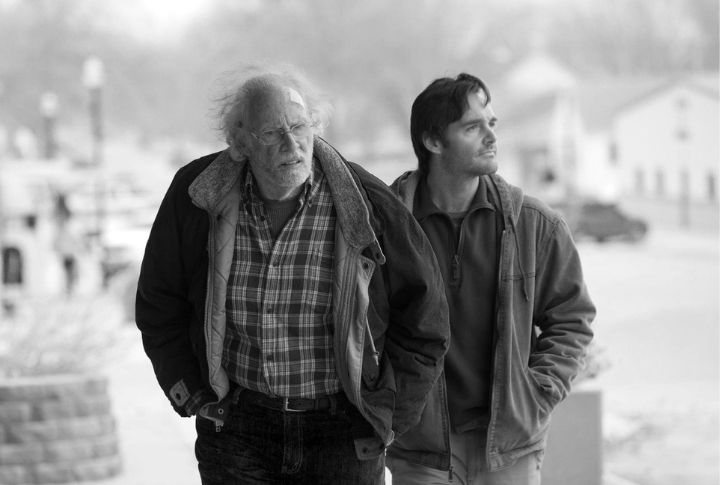
Monochrome transforms Nebraska into a road trip of reflection and nostalgia. The stark visuals echo the simplicity of small-town America, where Bruce Dern’s character journeys with humor and heart. Filmmaker Alexander Payne’s choice of black and white turns rural America into an iconic character itself.
The Artist (2011)
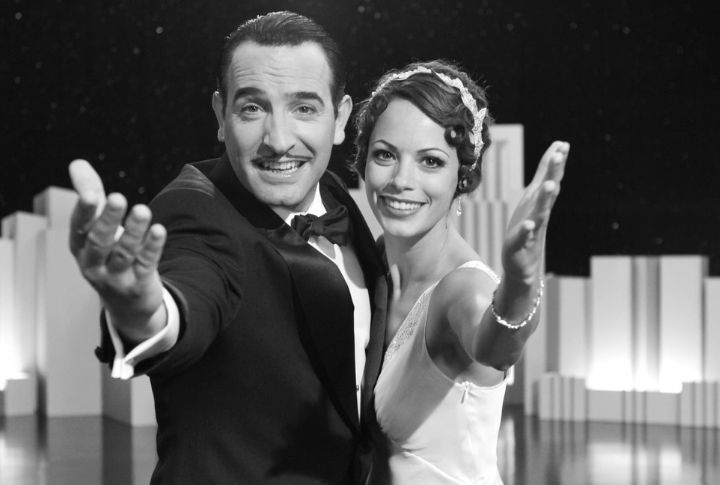
Celebrating silent cinema’s legacy, The Artist triumphs in black and white, reimagining the golden age of Hollywood. Jean Dujardin and Bérénice Bejo shine in this homage to early film, where expressive visuals replace dialogue, and monochrome captures the era’s glitz and timeless charm.
A Girl Walks Home Alone at Night (2014)
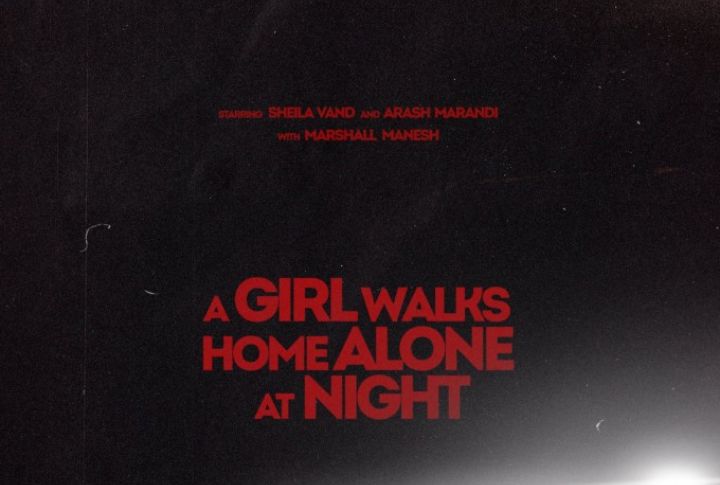
Set in an eerie, fictional Iranian town, A Girl Walks Home Alone at Night redefines horror with stark black-and-white visuals. This “Iranian vampire western” thrives on the gritty beauty of shadow and light, creating an unsettling yet stylish tale that’s utterly unique in cinema.
Ida (2013)
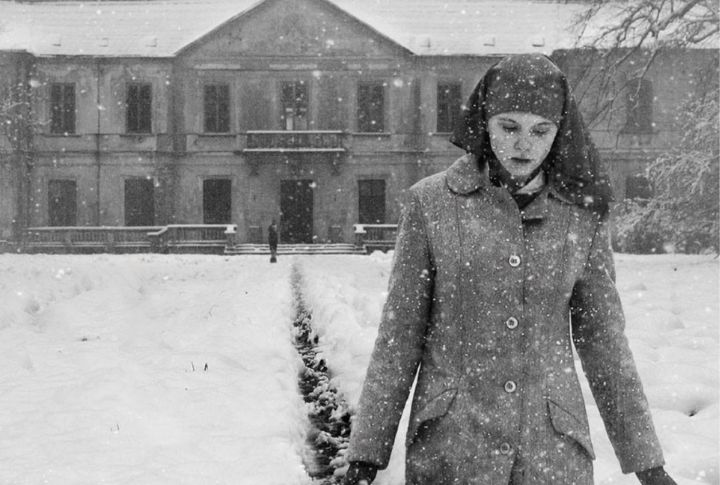
Ida unfolds a journey of faith and identity in 1960s Poland, where black-and-white scenes capture both solemnity and beauty. The film’s minimalist aesthetic underscores its exploration of heritage and youth, as each frame feels like a contemplative photograph of life’s complexities and spirituality.
Sin City (2005)
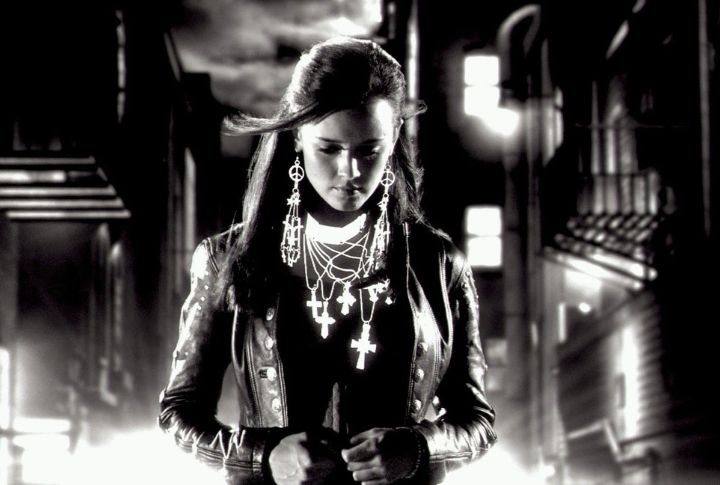
Bringing comic-book grit to life, Sin City masterfully adapts Frank Miller’s novel with bold contrasts and deep shadows. Each scene feels like a panel from a noir classic, where hostility and vengeance dominate a world painted in black and white to create unforgettable visual storytelling.
